ECB keeps rates steady as trade conflict clouds economic outlook
The European Central Bank left interest rates unchanged today after cutting eight times in a year, biding its time while Brussels and Washington negotiate over trade.
The ECB cut its policy rate to 2% last month, halving it from 4% a year earlier, after taming a surge in prices that followed the end of the Covid-19 pandemic and Russia’s full-scale invasion of Ukraine in 2022.
With inflation now back at the ECB’s 2% goal and expected to stay there, policymakers chose to stay put today, just as trade talks between the European Union and Donald Trump’s US administration appeared to be in their final stretch.
The ECB’s policy-making Governing Council painted a balanced picture of the economy, with near-term uncertainty over trade offset by public investment further down the road.
“Partly reflecting the Governing Council’s past interest rate cuts, the economy has so far proven resilient overall in a challenging global environment,” the ECB said. “At the same time, the environment remains exceptionally uncertain, especially because of trade disputes.”
European Central Bank chief Christine Lagarde voiced hope today that international trade tensions will be swiftly resolved as EU-US talks on tariffs were ongoing.
Ms Lagarde said “the sooner this trade uncertainty is resolved… the less uncertainty we will have to deal with”, adding that the ECB remained in a “wait and watch” position regarding future interest rate decisions.
She also said the bank was monitoring the dollar-euro exchange rate but had no target, after gains in the euro stoked concerns about the impact on the euro zone.
She told today’s press conference following the ECB’s latest rate call that the exchange rate is important for the central bank’s inflation forecasts, but added: “We do not target any exchange rate.”
As the ECB President and her colleagues were in the middle of their meeting last night, EU diplomats said the two sides were heading towards a deal that would result in a broad tariff of 15% on US imports of European Union goods.
This would be roughly halfway between the ECB’s baseline and severe scenarios for the euro zone economy presented last month, but milder than Trump’s threatened 30%.
The ECB’s estimate showed that higher US tariffs would result in lower growth and, depending on the extent of EU retaliation, inflation in the euro zone over the medium term.
“If the two sides indeed conclude such a deal, it would support our call that the euro zone economy can regain momentum from the fourth quarter onwards and that the ECB will not need to cut rates further,” Berenberg economist Holger Schmieding said.
In its statement the ECB said it would decide “meeting by meeting … based on its assessment of the inflation outlook and the risks surrounding it”.
Money markets were still pricing in a further interest rate reduction, probably by March, as inflation was seen at risk of going too low.
Even the ECB’s baseline projection from June, which incorporates 10% tariffs from the US, saw price growth below 2% over the next 18 months.
“Even in the case of a benign outcome (ie US tariffs around 10%) we still see scope for further easing as the disinflation process broadens,” MUFG’s Europe economist Henry Cook said.
The euro zone economy is showing some tentative sign of acceleration but growth remains modest. Companies, while still optimistic about an upturn ahead, report starting to feel the pinch from tariffs on their profits.
On the bright side, euro zone banks have seen rising loan demand and policy uncertainty has not yet translated into an economic or market downturn.
After a short-lived selloff in April investors have taken the trade turmoil in their stride, with European equity indices close to new highs also thanks to Germany’s newly found appetite for spending.
In fact, erratic policy-making in the United States, including Trump’s relentless criticism of the Federal Reserve, has lured foreign investors to euro zone assets. That briefly pushed the euro to its highest level against the dollar since September 2021 at $1.1829 earlier this month.
ECB board member and outspoken hawk Isabel Schnabel even said the central bank should watch out for price hikes caused by tariffs and that the bar for further cuts was “very high”.
But the euro’s appreciation has unnerved other policymakers, who fear a stronger currency would make European exports less competitive and contribute to pushing down inflation.
“On that front, we would expect Christine Lagarde to strike a reassuring tone, reminding people that the ECB does not target exchange rates but that any resulting downward pressure on inflation will be addressed, if necessary,” Julien Lafargue, chief market strategist at Barclays Private Bank, said.
Article Source – ECB keeps rates steady as trade conflict clouds economic outlook
